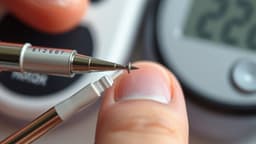Home / Health / Buttock Shape Reveals Health Clues
Buttock Shape Reveals Health Clues
25 Nov
Summary
- Gluteal muscle changes linked to frailty, sitting, and diabetes risk.
- 3D mapping shows detailed changes in buttock muscle shape.
- Sex differences observed in how glutes reflect aging and diabetes.
Researchers have discovered that the shape of the gluteus maximus muscles, rather than just their size, can serve as an indicator of underlying health conditions. Utilizing 3D shape mapping on over 61,000 MRI scans, scientists identified associations between buttock muscle form and factors such as fitness, aging, frailty, and diabetes.
Findings suggest that individuals with higher fitness levels exhibit a more pronounced gluteus maximus shape. Conversely, aging, frailty, and extended periods of sitting are linked to muscle thinning. Notably, frail men showed greater gluteus maximus thinning compared to frail women. The study also revealed sex-specific differences in response to type 2 diabetes.
In individuals with type 2 diabetes, males experienced significant gluteal muscle thinning, while females showed enlarged muscle mass, potentially due to fat infiltration. These sex-based variations imply that diseases may impact men and women biologically in different ways, particularly concerning metabolic health and type 2 diabetes, highlighting the gluteus maximus's role in overall well-being.


